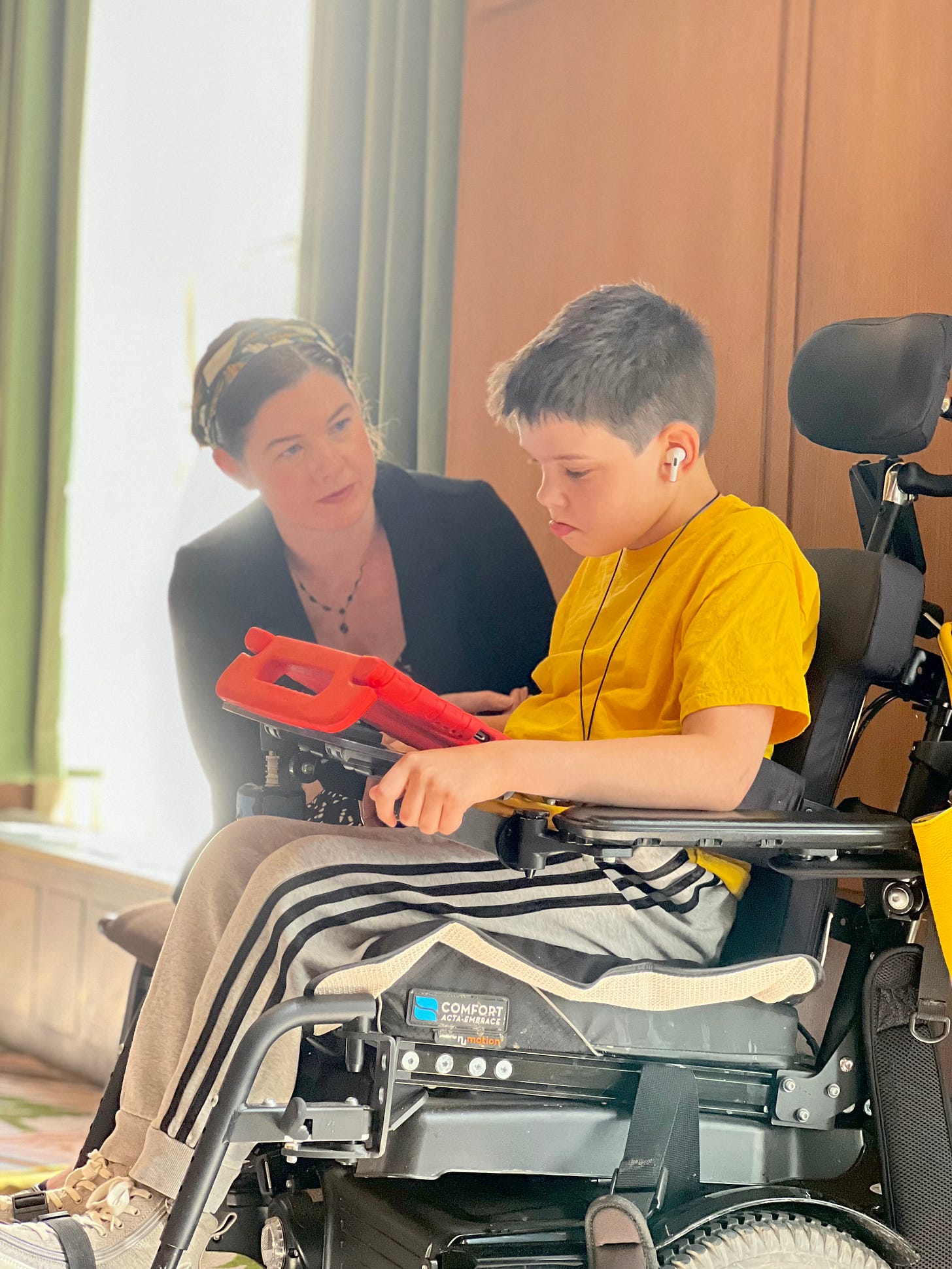Oregon legislature passes paid parent caregiver bill
Unanimous Senate vote on Friday. In the House on Saturday, 48 yays and one nay.

In the final step before the Governor signs it into law, a bill to create a permanent paid parent caregiver program passed the House on Saturday. I was not planning to be there, but that morning, my son said …
Keep reading with a 7-day free trial
Subscribe to Medical Motherhood to keep reading this post and get 7 days of free access to the full post archives.


